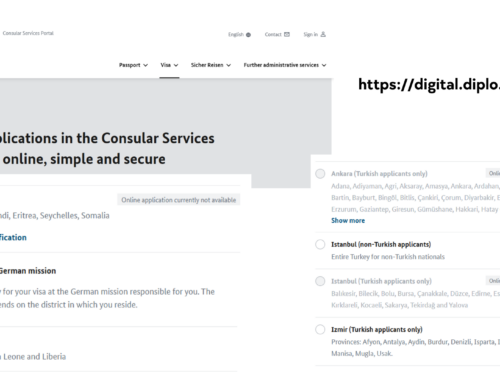Every sixth worker in the caretaker profession comes from abroad; employment growth in the care sector is now being driven exclusively by foreign employees
The IAB has published an exciting research report on the ‘Internationalisation of care – workers in nursing profession with foreign nationality and their contribution to securing skilled workers in Germany’.
Important findings are:
- One in six careers in Germany comes from abroad.
- Since 2022, employment growth has only been driven by foreign employees.
- There are now significantly more older than younger employees among careers with German nationality. Many of them will reach retirement age in the next few years.
The different regional significance is also interesting:
- There are now (2023) more foreign careers from non-EU countries than from the EU working in Germany nationwide.
- In eastern Germany, foreign nurses are underrepresented almost everywhere except in Berlin and the surrounding area.
- In the western federal states, foreign workers in nursing professions are often concentrated in metropolitan regions, while geriatric nurses are more evenly distributed regionally.
There are major differences in the level of requirements regarding the nursing and geriatric care professions as well as nationality. Many nursing staff are already working in Germany during the recognition phase and are usually employed as nursing assistants until they are fully recognised. According to a BIBB study, many careers even decide against continuing their recognition project in the event of lengthy recognition processes and continue to work as nursing assistants.
The recruitment of skilled workers from abroad will continue to be urgently needed to cushion the demographically induced decline in the German workforce.
With regard to the issue of ‘brain drain’ in the countries of origin, it is good to see that the number of skilled workers from care recruitment countries is increasing. To date, this only includes two African countries, Tunisia and Morocco. In terms of countries of origin, skilled workers from Eritrea, Nigeria and Somalia are statistically relevant.
But: by 2050, 25 percent of the global working population will live in Africa.
So it’s worth taking a closer look: take Kenya, for example, where three training options in nursing lead to full recognition in Germany. There is a migration agreement between the two countries; many of the young skilled workers cannot find a job there.
Source: IAB














